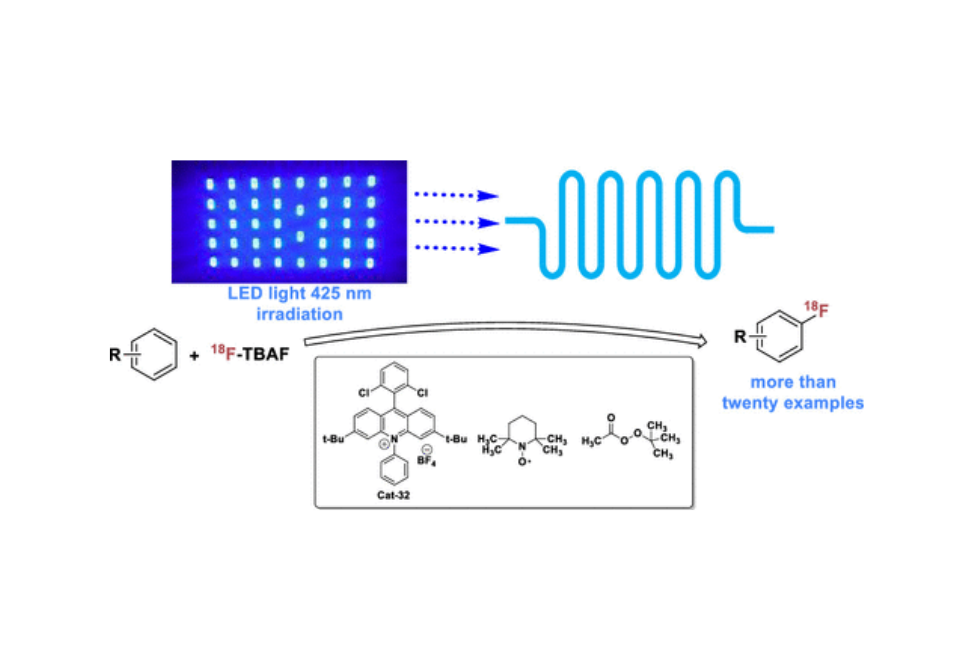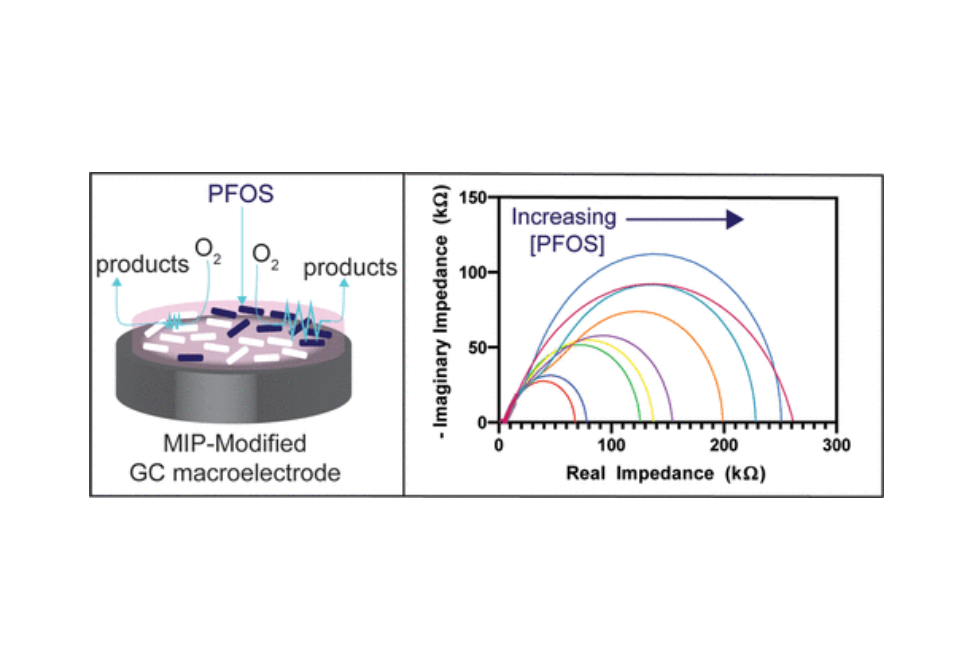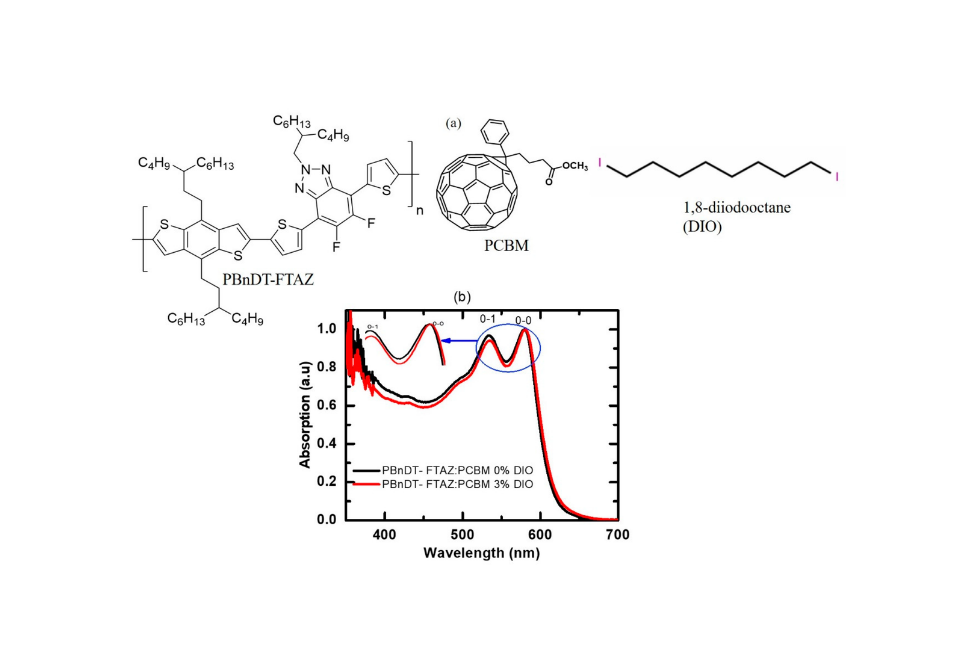Research Archive
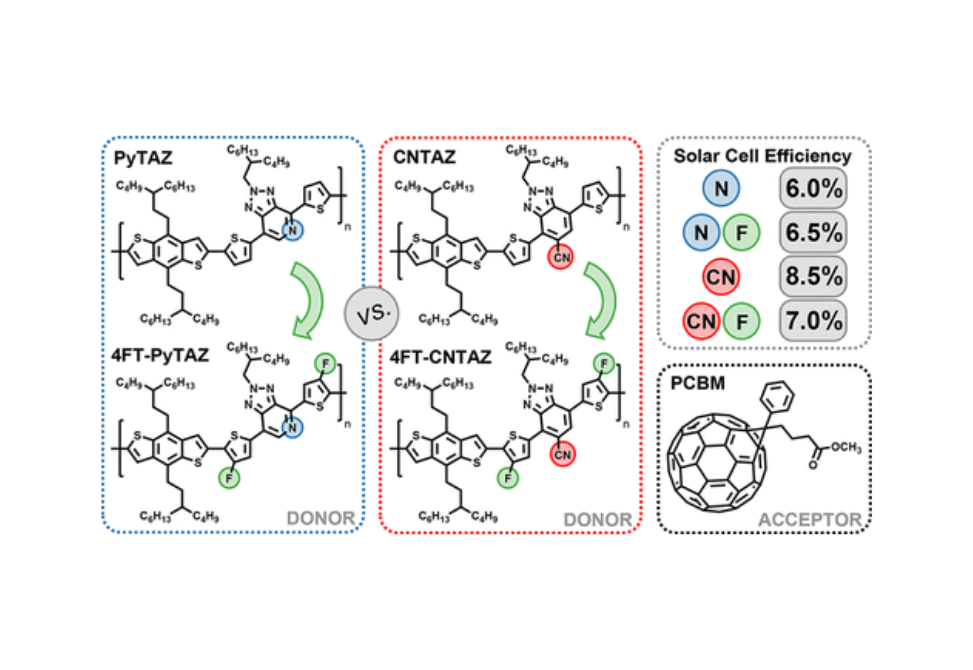
In this study, we systematically explore the impact of a variety of functional groups, including nitrogen heteroatoms, fluorine substituents, and cyano groups, on benzotriazole (TAZ)-based acceptor moieties that are incorporated into the conjugated polymers.
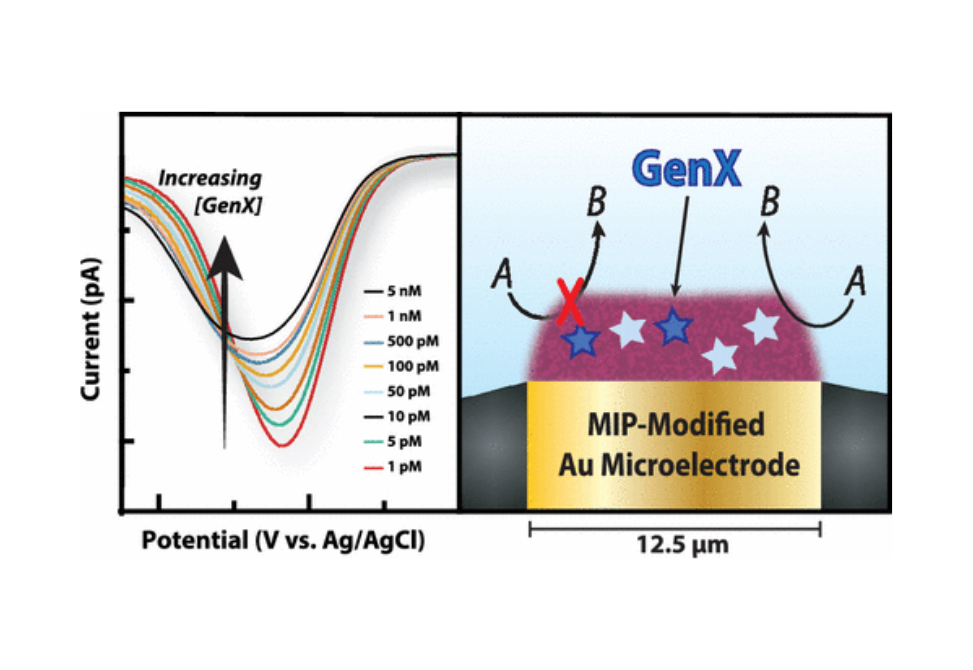
Here, we present a molecularly imprinted polymer (MIP)-modified microelectrode (r = 6.25 μm) sensor for the quantification of a pervasive environmental PFAS, GenX (HFPO-DA), in surface water obtained from the Haw River in North Carolina.

We demonstrate here that, following surface loading of a [Ru(bpy)3]2+ (bpy = 2,2′-bipyridine) chromophore on nanoparticle electrodes, addition of the molecular catalysts, Ru(bda)(L)2 (bda = 2,2′-bipyridine-6,6′-dicarboxylate) with phosphonate or pyridyl sites for water oxidation, gives surfaces with a 5:1 chromophore to catalyst ratio.
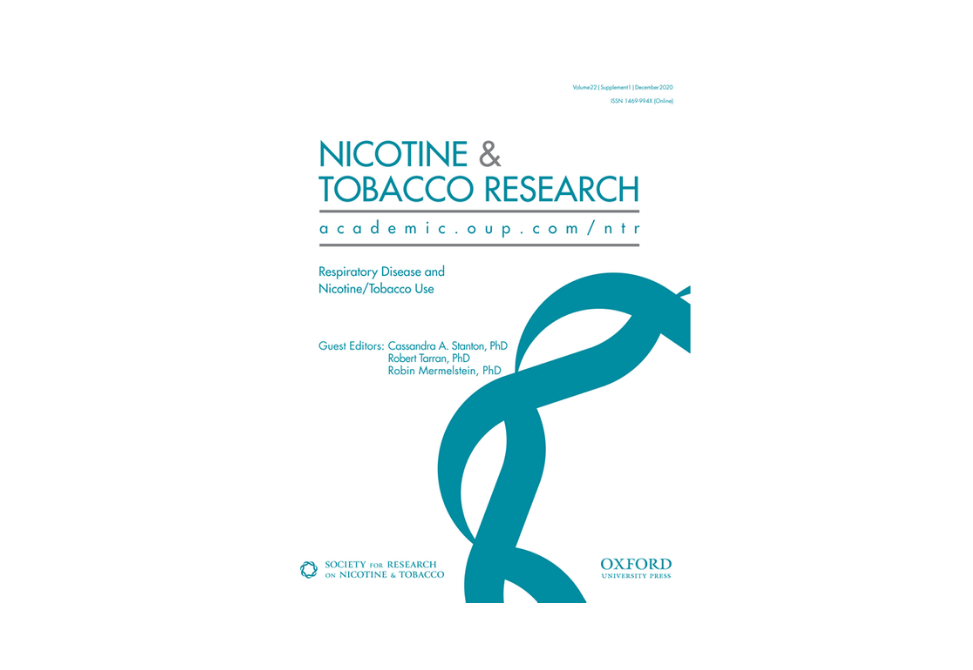
We tested e-liquids on the human cell line HEK293T and measured toxicity, mitochondria! membrane potential (Delta Psi(m)), reactive oxygen species production (ROS), and cellular membrane potential (V-m) using high-throughput screening (HTS) approaches.
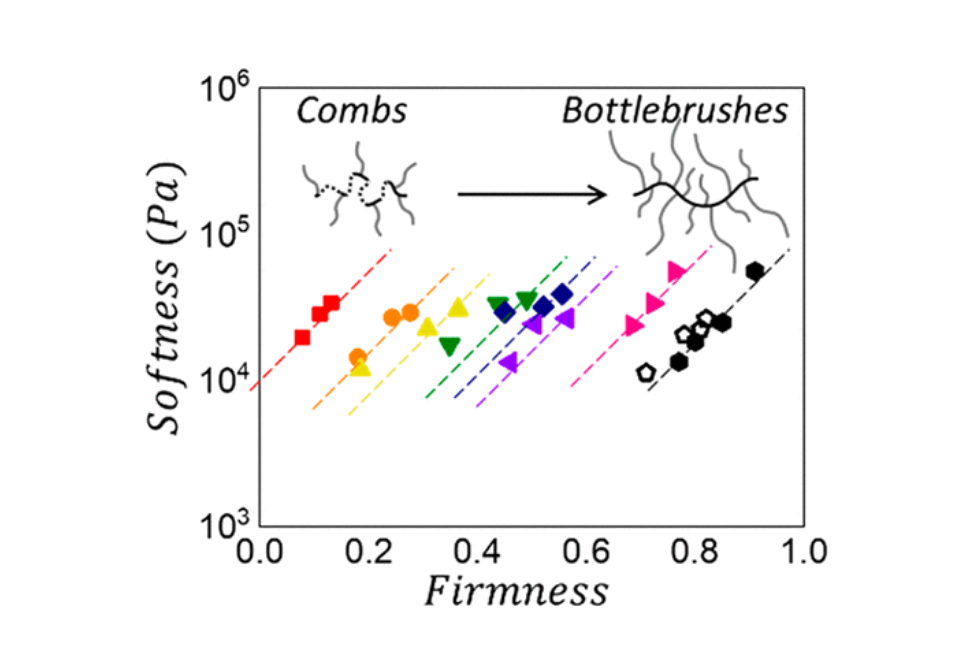
We explore a hierarchical bottom-up approach via architectural modulation of bottlebrush mesoblocks followed by their self-assembly into linear–brush–linear triblock copolymer networks.
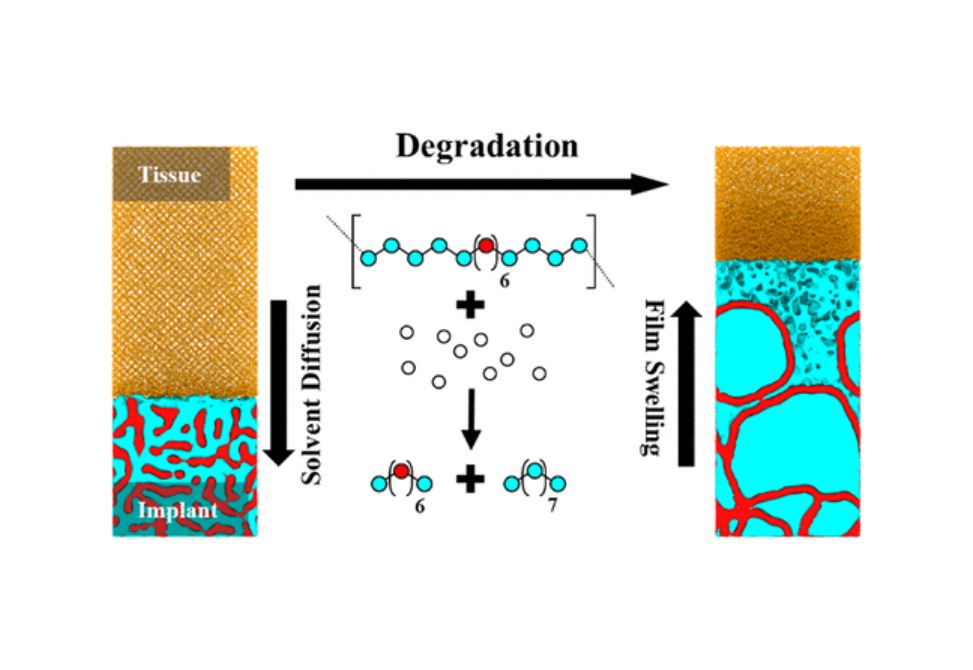
We performed coarse-grained molecular dynamics simulations of swelling and degradation of copolymer films confined within polymer networks with different values of shear modulus.
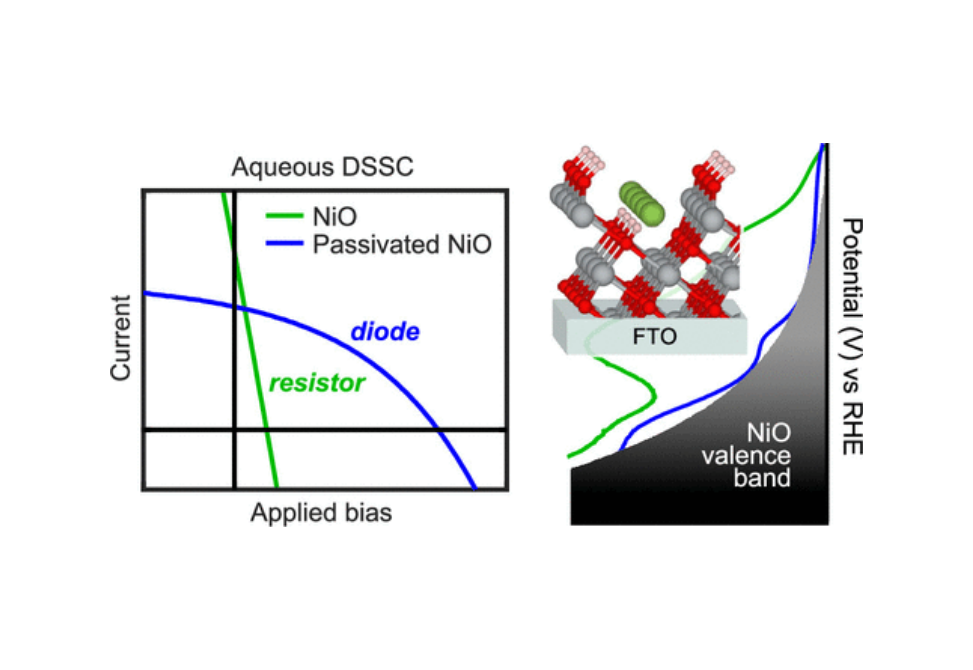
Here, using first-principles calculations, we find that adsorption of water to a defective NiO(111) surface can result in intraband gap surface electronic states that are associated with hydroxyl and oxygen moieties adjacent to Ni vacancies.
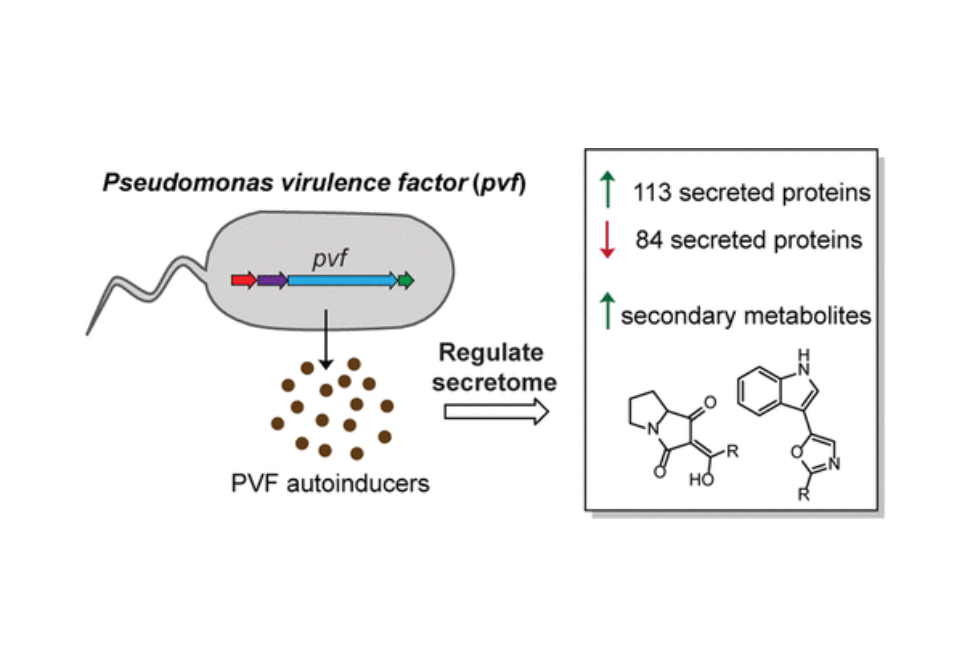
Using the insect pathogen Pseudomonas entomophila L48 as a model, we demonstrated that pvf-encoded biosynthetic enzymes produce PVF autoinducers that regulate the expression of pvf genes and a gene encoding the toxin monalysin via quorum sensing.
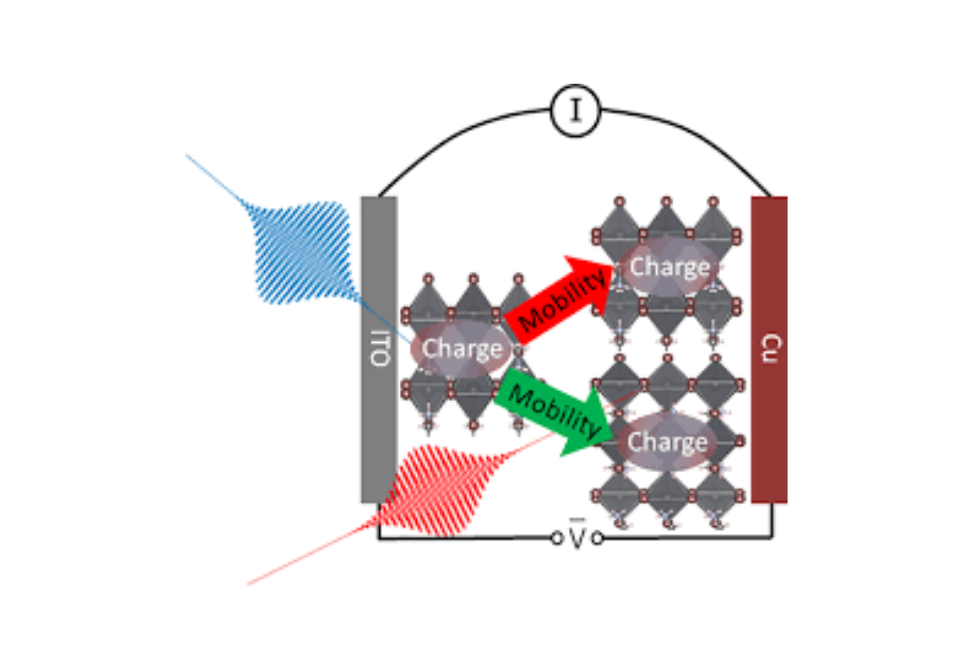
In this Letter, we use nonlinear photocurrent spectroscopy to selectively target charge transport processes within devices based on layered perovskite quantum wells. The photocurrent induced by a pair of laser pulses is directly measured in this “action” spectroscopy to remove ambiguities in signal interpretation.


